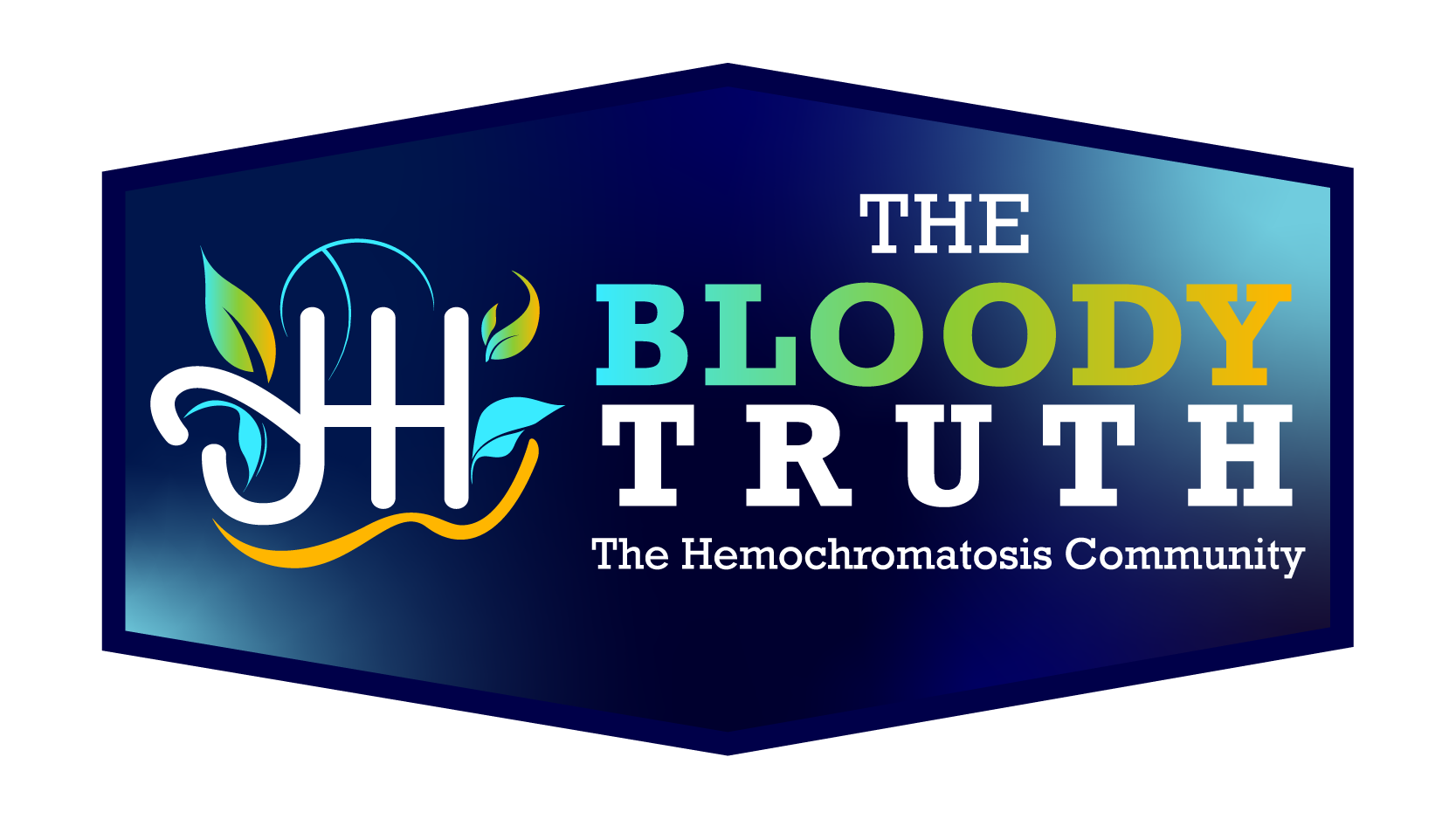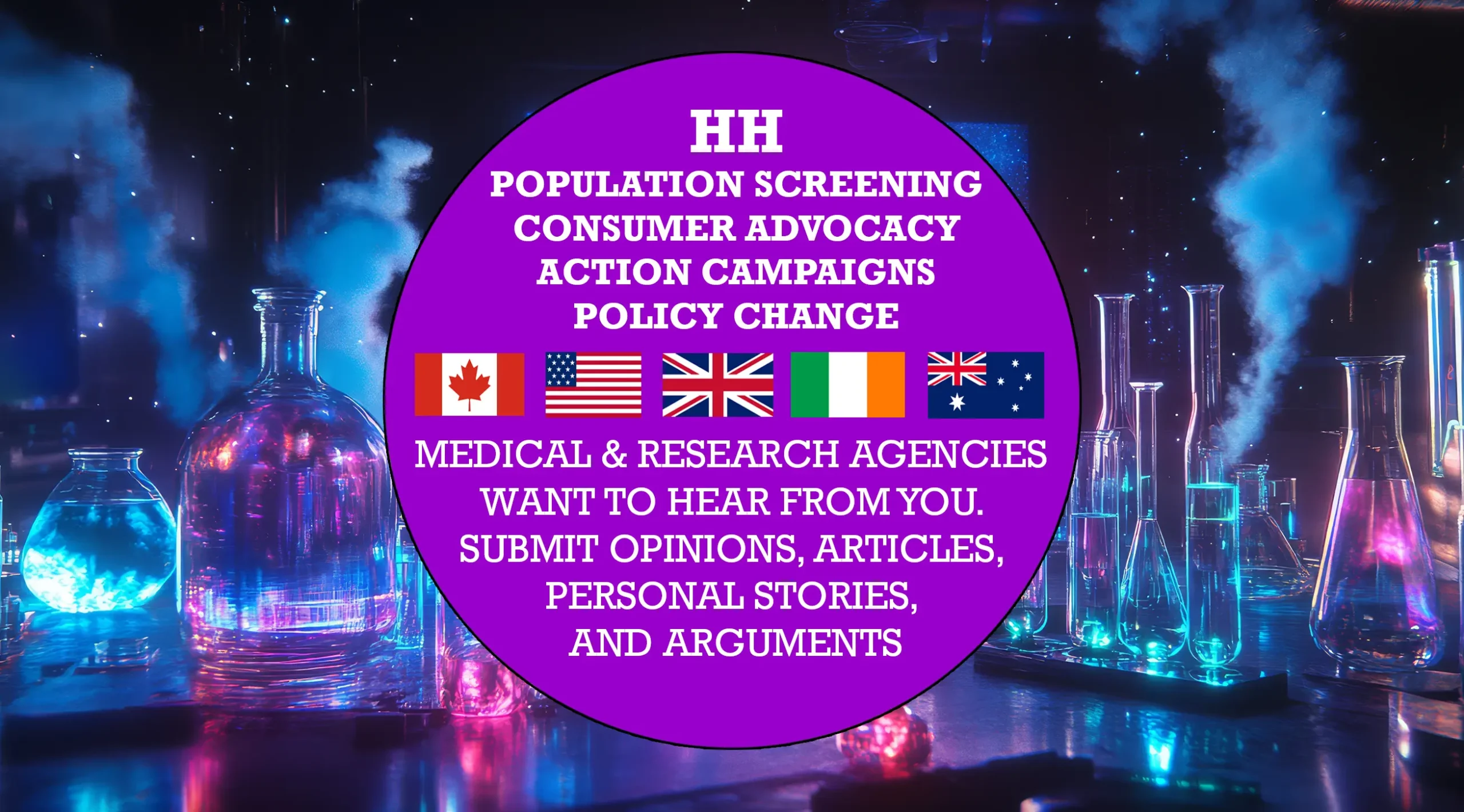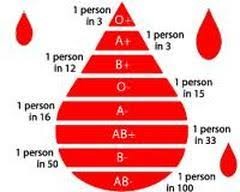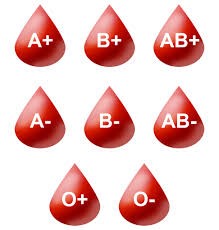Iron Fortification: The Double Edge Sword
Hereditary Hemochromatosis (HH) and iron overload conditions have brought to light a fascinating paradox within the American food industry: while iron is essential for health, its excessive consumption can lead to harmful iron deposition in vital organs for certain populations. For individuals with Hereditary Hemochromatosis and even those without the condition, understanding how the American food industry contributes to excess iron intake and profits from it sheds light on both the economics of food production and the health implications of dietary choices. This article will take a deep dive into how the industry profits from foods contributing to iron overload, particularly in individuals predisposed to iron retention.
The History of Iron Fortification in the U.S.
Iron fortification has its roots in public health policies dating back to the mid-20th century, when iron-deficiency anemia was a major concern. The federal government began requiring iron fortification of staple foods like wheat flour, rice, and cereals to ensure that the population received sufficient amounts of this crucial mineral. Today, iron fortification is ubiquitous in the American food supply, and it’s marketed as a health benefit to consumers. Products like bread, pasta, and cereals are touted for their “iron-rich” content.
Fortification’s Financial Boon
Iron fortification has become a cornerstone of the processed food industry, giving companies a way to enhance the nutritional appeal of inexpensive, mass-produced items. Companies sell fortified foods as “enriched,” suggesting health benefits that resonate with health-conscious consumers. These products are priced affordably, increasing their market reach while boosting the companies’ profits. This strategy works well for people who need more iron, but for those with conditions like Hereditary Hemochromatosis, it becomes a hidden health risk.
The Profit from Excess Iron
For food manufacturers, the emphasis on iron-enriched products doesn’t only appeal to those concerned about their health; it also taps into the massive market of parents, athletes, and people looking for a nutritional edge. The promise of more energy or stronger immune systems through added iron makes these products desirable, despite potential health risks for certain groups. For the food industry, fortification offers a low-cost, high-return method to sell millions of units annually, even though these iron-loaded products might be harmful to a significant segment of the population, particularly those with HH or predisposed to iron overload.
Iron-Rich Foods and the American Diet
Red Meat: A Cultural and Economic Staple
One of the most potent sources of heme iron (the form of iron most easily absorbed by the body) is red meat. Beef, in particular, is a cultural and dietary staple in the U.S., with hamburgers, steaks, and barbecue being iconic representations of American cuisine. These products are also heavily promoted by the meat industry, which is one of the most profitable sectors in American agriculture.
However, the heavy consumption of red meat is a significant concern for individuals prone to iron overload. While a regular diet of beef may benefit those who need iron, such as pregnant women or people with anemia, it can pose a serious health risk for those with Hereditary Hemochromatosis. The constant promotion of red meat as a “protein-packed” health food ignores the dangers that excessive iron consumption presents for certain populations.
Click here: But I can’t give up red meat part 1
The Beef Industry’s Financial Interests
The beef industry in the U.S. is worth billions, with companies profiting from the heavy demand for red meat. The industry markets beef as a premium product, tied to notions of strength, energy, and vitality, often neglecting to mention its potential contribution to iron overload. For the average consumer, this marketing works well, as beef continues to be a favorite at American dinner tables. However, for those with conditions like Hereditary Hemochromatosis, frequent beef consumption can exacerbate their iron-related health risks.
Click here: Part 2 Compassionate Cuisine
Iron-Fortified Cereals: Convenience and Profit
Breakfast cereals are another leading contributor to excess iron intake in the American diet. From a young age, consumers are taught that cereals provide essential nutrients, including added iron. Products aimed at children are often fortified with iron, sometimes providing more than 100% of the daily recommended iron intake in a single serving. While this practice was originally intended to combat iron deficiency in children, the implications for those with iron retention disorders are concerning. Companies profit by selling cereals as a convenient and seemingly health-conscious option, despite their hidden dangers to specific consumers.
Iron-Enriched Flour and Processed Foods
Processed foods that contain enriched flour bread, pasta, baked goods are omnipresent in the American diet. These products are fortified with iron to replace nutrients lost during processing. For food companies, iron fortification is a low-cost addition that boosts the nutritional profile of their products and allows them to market these items as enriched. Iron-fortified products contribute to the industry’s profits, as they appeal to time-strapped consumers looking for quick and easy meal solutions. The hidden cost, however, is the health risk posed to individuals with iron absorption disorders who unknowingly consume more iron than their bodies can handle.
Iron Supplements: Big Business and Hidden Risks
The American dietary supplement industry, including iron supplements, is a multi-billion-dollar sector. Iron supplements are frequently marketed to athletes, women, and individuals suffering from fatigue or low energy. However, for individuals with Hereditary Hemochromatosis or those prone to iron overload, taking iron supplements can significantly worsen their condition.
Despite the risks associated with unnecessary iron supplementation, many Americans purchase iron supplements without realizing the potential dangers. The supplement industry profits from selling iron products, often without proper labeling or warnings for people who may not need additional iron. This profit-driven approach neglects the fact that for many, excess iron can be harmful.
Click here: Natural Iron Chelators
Hidden Iron: The Challenge of Dining Out in America
Fast Food Chains and High-Iron Meals
Fast food chains in America are notorious for their red-meat-heavy menus. Burgers, hot dogs, and fried chicken dominate the offerings, all of which are rich in heme iron. For people with Hereditary Hemochromatosis, these iron-loaded meals can quickly push their iron intake to dangerous levels. Fast food companies, however, continue to market these meals as affordable, protein-packed, and convenient options, often with little consideration for the health risks they pose to iron-sensitive individuals.
Restaurant Menus: The Unknown Factor
For individuals with Hereditary Hemochromatosis, eating out at restaurants poses a significant challenge. Many restaurant menus do not provide detailed nutritional information, making it difficult for consumers to gauge their iron intake. Even healthy salads or vegetable stir-fries can contain high-iron ingredients like spinach, legumes, or vitamin C-rich vegetables that enhance iron absorption.
The restaurant industry profits from offering meals that appeal to the general population, often without accounting for the dietary restrictions of those with specific health conditions. This lack of transparency can result in diners unknowingly consuming more iron than is safe for them.
How the Industry Can Profit from Iron-Sensitive Consumers
The Case for Iron-Free and Low-Iron Products
Given the growing awareness of Hereditary Hemochromatosis and iron overload conditions; there is an untapped market for iron-free or low-iron food products. If food manufacturers started producing foods specifically designed for individuals with iron retention disorders, they could open up a profitable niche market. This would cater to a demographic that is currently underserved by the standard American food industry.
Increasing Transparency: A New Market Opportunity
There is a significant opportunity for restaurants and food manufacturers to increase transparency around iron content in their products. By offering detailed nutritional information and low-iron menu options, companies can cater to health-conscious consumers, including those managing Hereditary Hemochromatosis. This could differentiate them in a competitive market where consumer demand for transparency and health-friendly options is growing.
Specialty Foods and Dietary Supplements
The rise of specialty food products that cater to specific dietary needs gluten-free, keto and vegan has shown that the food industry can profit from meeting niche health requirements. By producing and marketing iron-free supplements or foods low in iron, companies could capture a segment of the market that is currently overlooked. This approach could be both profitable and beneficial for public health, as it would reduce the risk of iron overload in sensitive populations.
Conclusion: Iron Overload and the Food Industry’s Profitable Paradox
The American food industry plays a crucial role in shaping dietary habits, but its emphasis on iron-rich and fortified foods creates significant challenges for individuals with iron retention disorders like Hereditary Hemochromatosis. While fortification was initially introduced to combat iron deficiency, the industry has turned this into a profitable strategy, with little regard for those at risk of iron overload. From red meat to fortified cereals and iron supplements, the American food industry profits from selling iron-rich products that appeal to a broad audience. However, this model overlooks the health needs of a growing demographic affected by iron overload. As awareness of Hereditary Hemochromatosis and related conditions increases, there is potential for the food industry to pivot towards more inclusive and transparent products, opening up new market opportunities while promoting public health.
Keep up with your health and check back for more updates.
Comments:
Join our Community
Take the 7-Day Detox Challenge
















